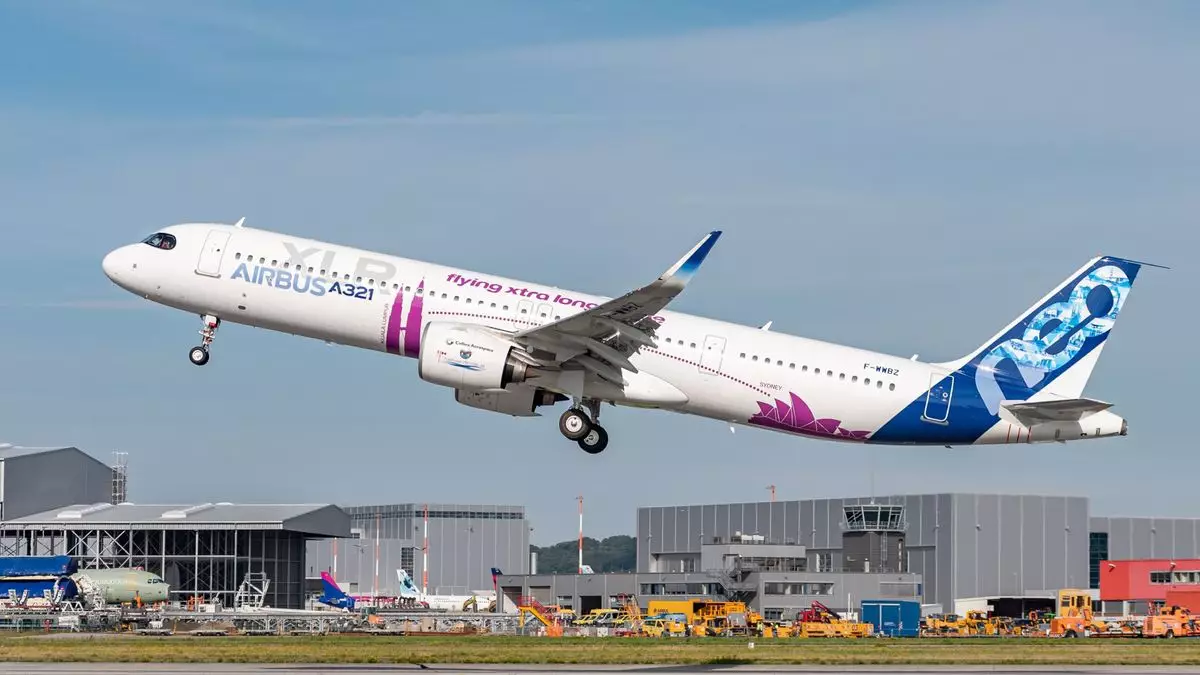In recent months, the commercial airline industry has encountered a staggering backlog of over 17,000 aircraft orders, as reported by the International Air Transport Association (IATA). This immense tally reflects not merely a lack of aircraft coming off assembly lines but also exposes a systemic issue within an industry struggling to meet the rising demands of air travel. With current production rates, this backlog represents a daunting fourteen-year delay, suggesting significant market constraints that could stifle growth for airlines globally.
Since 2015, the average age of commercial aircraft has crept up from 13 to 15 years, which hints at an aging fleet unable to keep pace with technological advancements and passenger expectations. The implications are profound: older aircraft are typically less fuel-efficient and carry higher maintenance costs. The longer it takes for new planes to enter service, the more airlines are burdened with outdated fleets that can’t efficiently meet the increasing demand.
Production Realities: Underperformance in Deliveries
Boeing and Airbus had ambitious expectations for 2023, forecasting over 1,400 aircraft deliveries. However, a mere 359 planes had graced airline fleets by the end of April. Such underperformance begs the question: why the disconnect? As Nick Careen, IATA’s senior vice president, aptly put it, ordering an aircraft has become akin to a shot in the dark. Airlines face an unpredictable landscape where supply chain issues and delivery timelines stretch into uncertainty.
The situation is exacerbated by slow progress in solving these manufacturing challenges. Willie Walsh, IATA’s director general, has voiced criticism towards aircraft manufacturers, expressing concern not only about current delays but also about projections that these issues could persist until the end of the decade. Contributing factors include labor shortages and difficulties in sourcing essential materials like titanium. Furthermore, groundings due to inspection issues with Pratt & Whitney GTF engines have intensified the limitations on capacity.
The Varied Perspectives within the Industry
Caught in this backlog quagmire, major industry players have differing views on its consequences. Peter Elbers, the CEO of IndiGo, an airline burdened with nearly 1,000 unfulfilled orders from Airbus, frames the delays as a detrimental missed opportunity to meet market demand. For airlines eager to expand their service offerings, each delayed delivery represents revenue lost and customer opportunities squandered.
On the contrasting side of the debate is Steve Saxon, an aviation analyst with McKinsey, who argues that these delays can actually serve a protective role for airlines. By capping the rate of new aircraft introduction, delivery holdups inadvertently bolster yields and profitability, allowing airlines to stabilize before expanding their operations further. In a booming year for the industry, with a reported net profit of $32.4 billion in 2022, this perspective shifts the narrative from despair to opportunity.
A Multifaceted Challenge Ahead
The dilemma at play is not merely a logistical issue but speaks to the broader dynamics of an industry on the brink of transformation. Airlines must navigate the complexities of an aging fleet while balancing profitability against the backdrop of mounting demand. The challenges posed by manufacturing inefficiencies and an unpredictable supply chain are indicative of a deeper, systemic problem needing urgent address and strategic foresight.
In this evolving landscape, stakeholders will need to re-evaluate their strategies, exploring innovative solutions to overcome the challenges posed by the current backlog. As the aviation industry confronts this intricate dilemma, the interplay between growth potential and operational constraints will define its trajectory in the coming years.


Leave a Reply